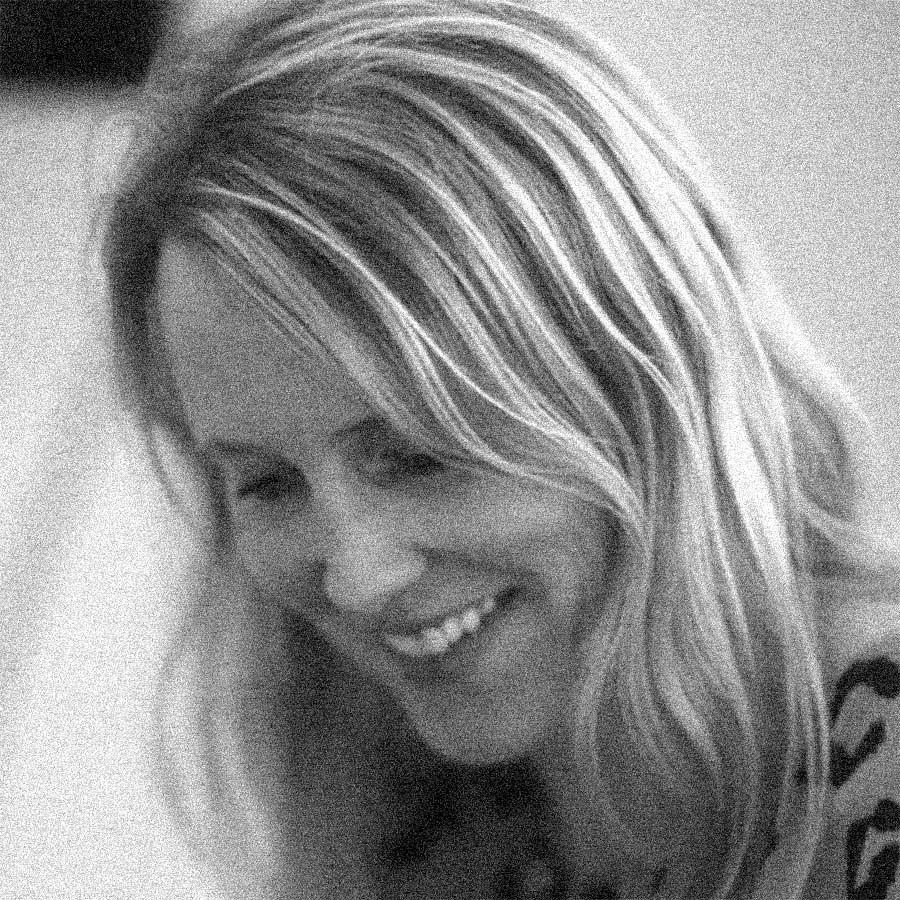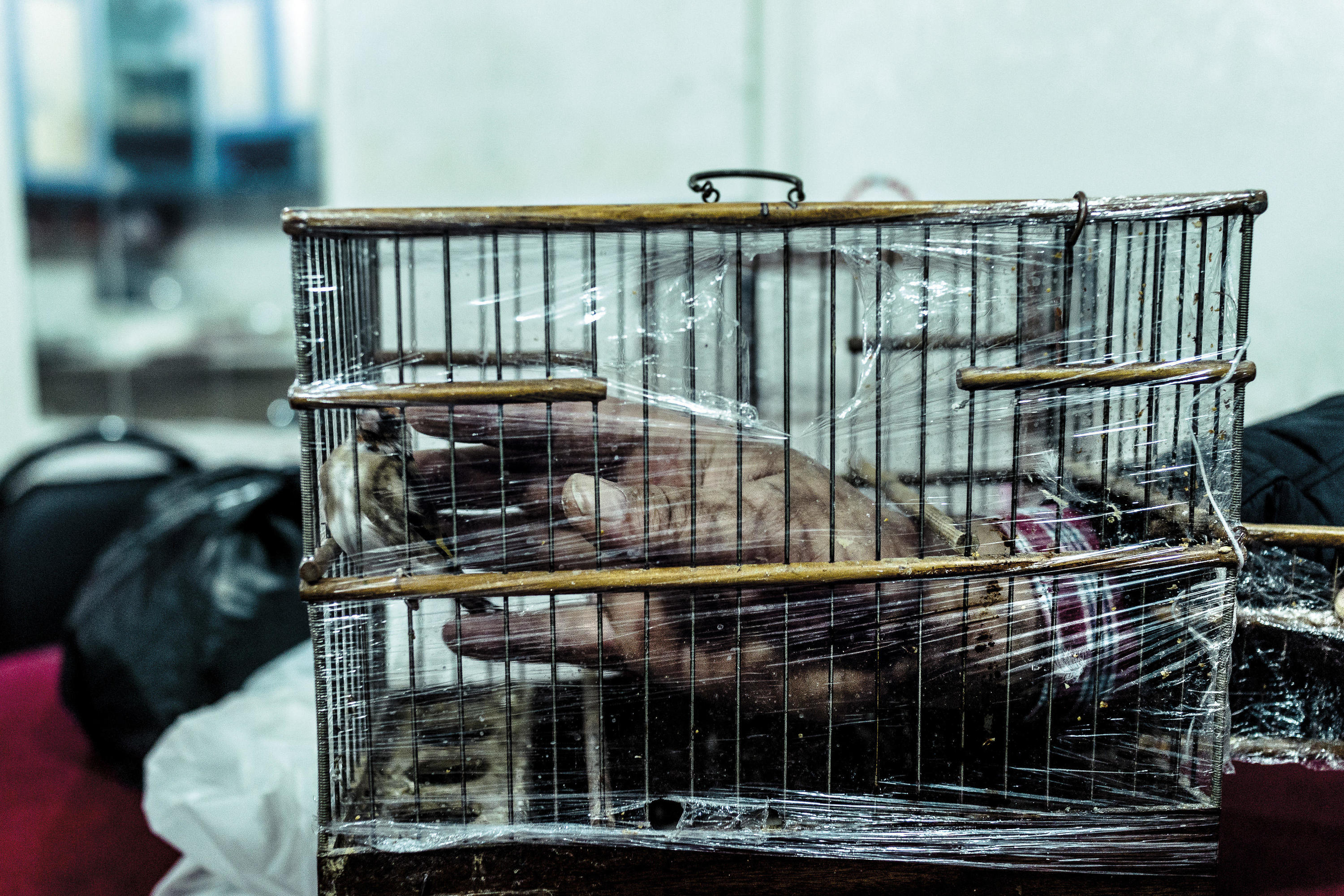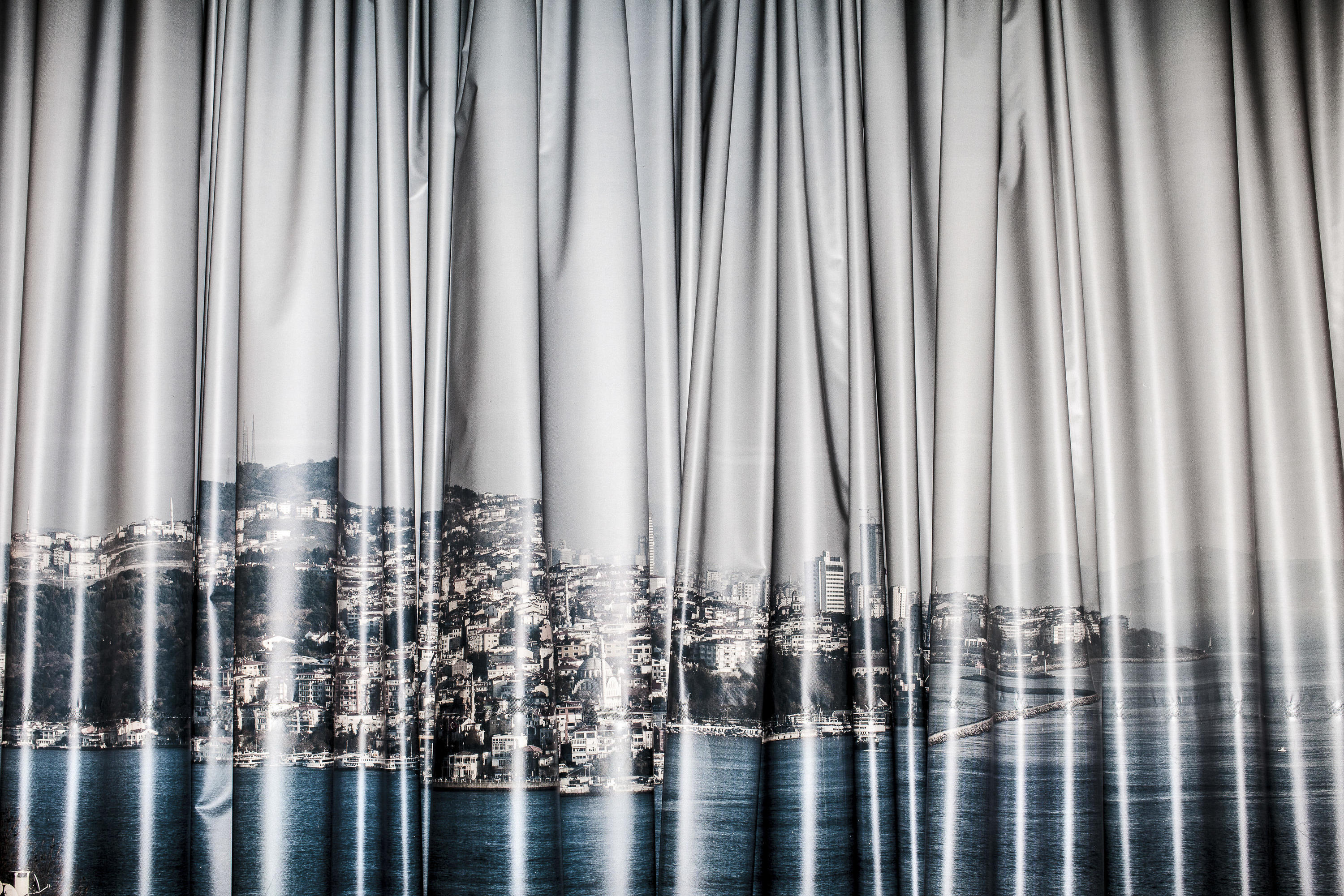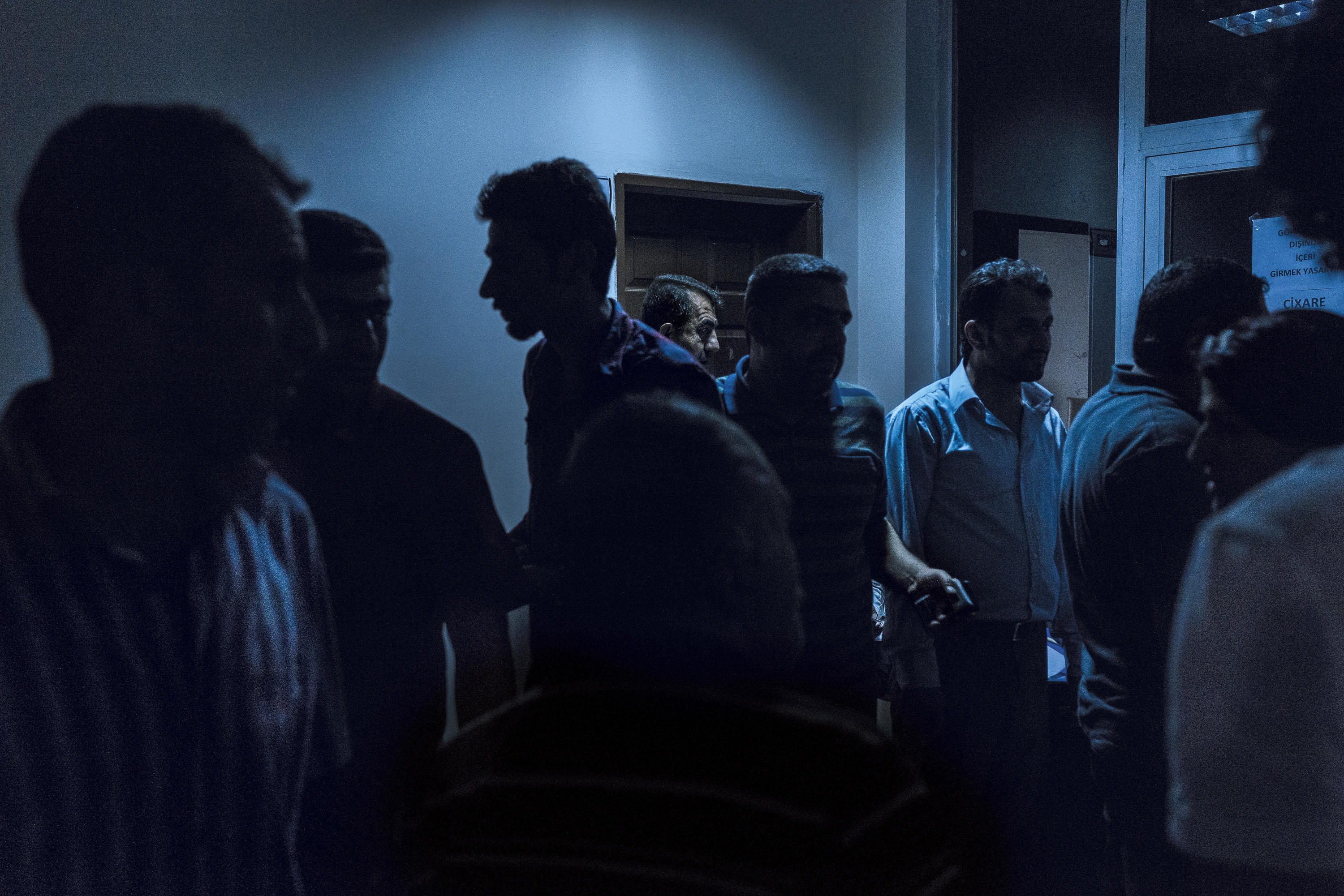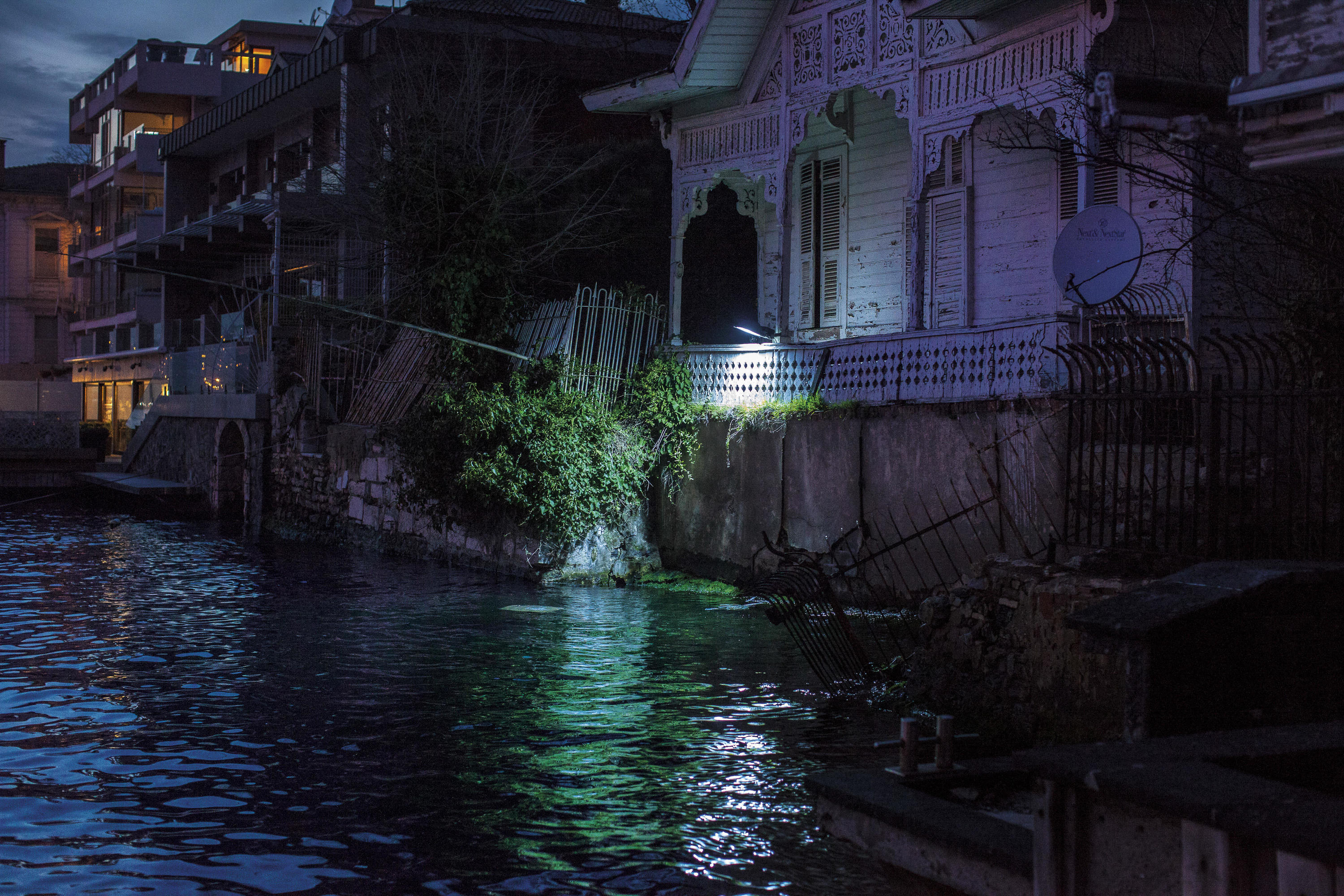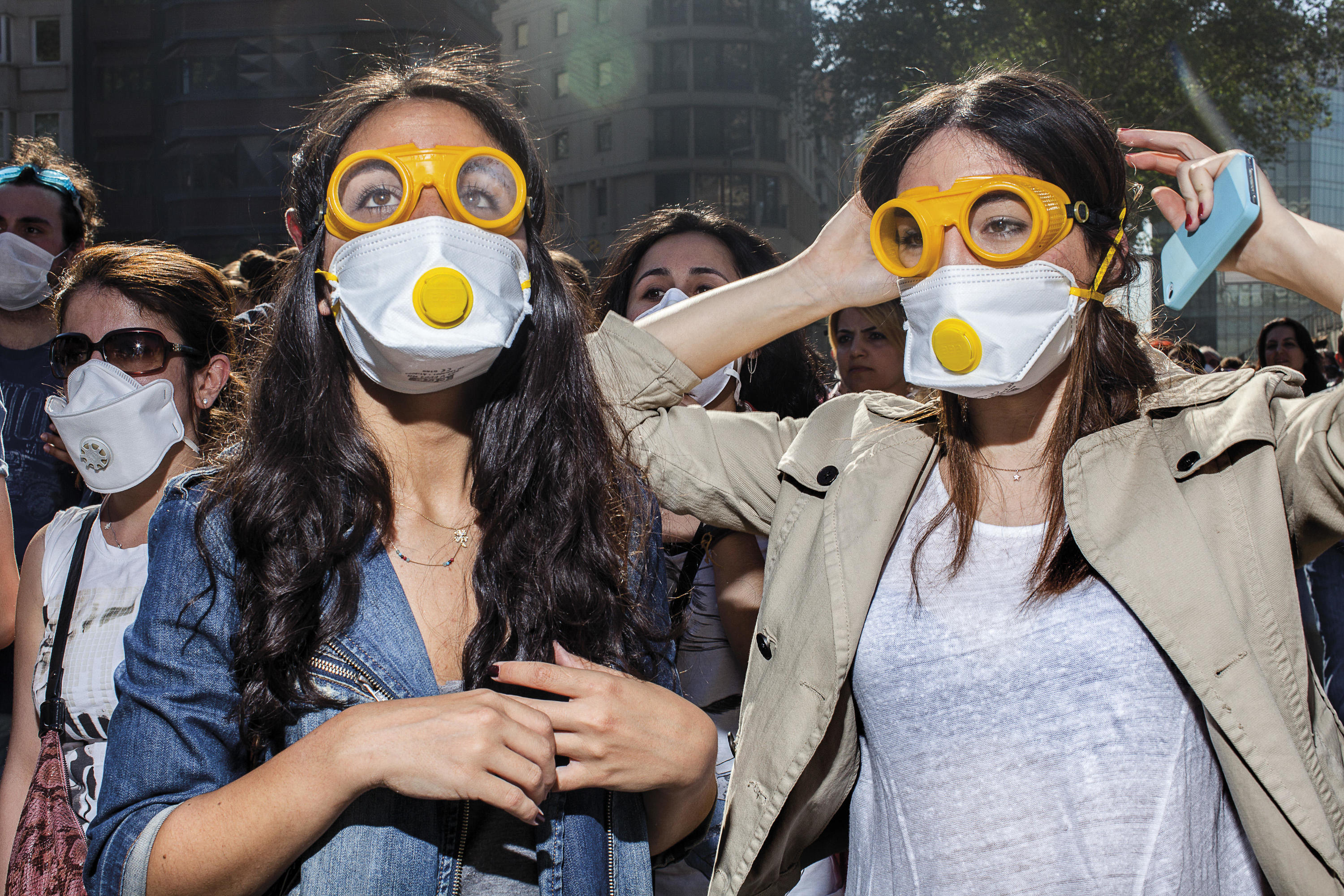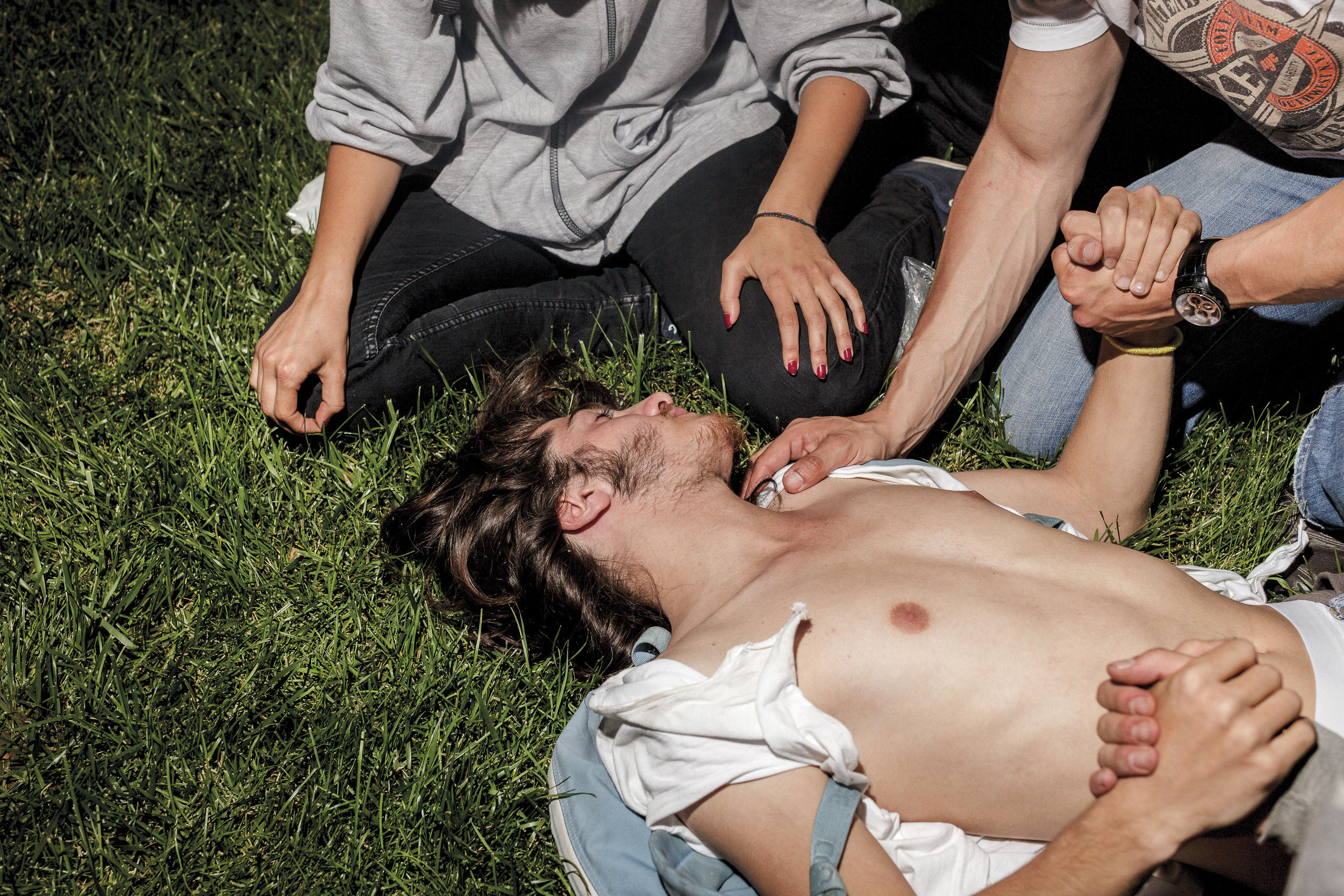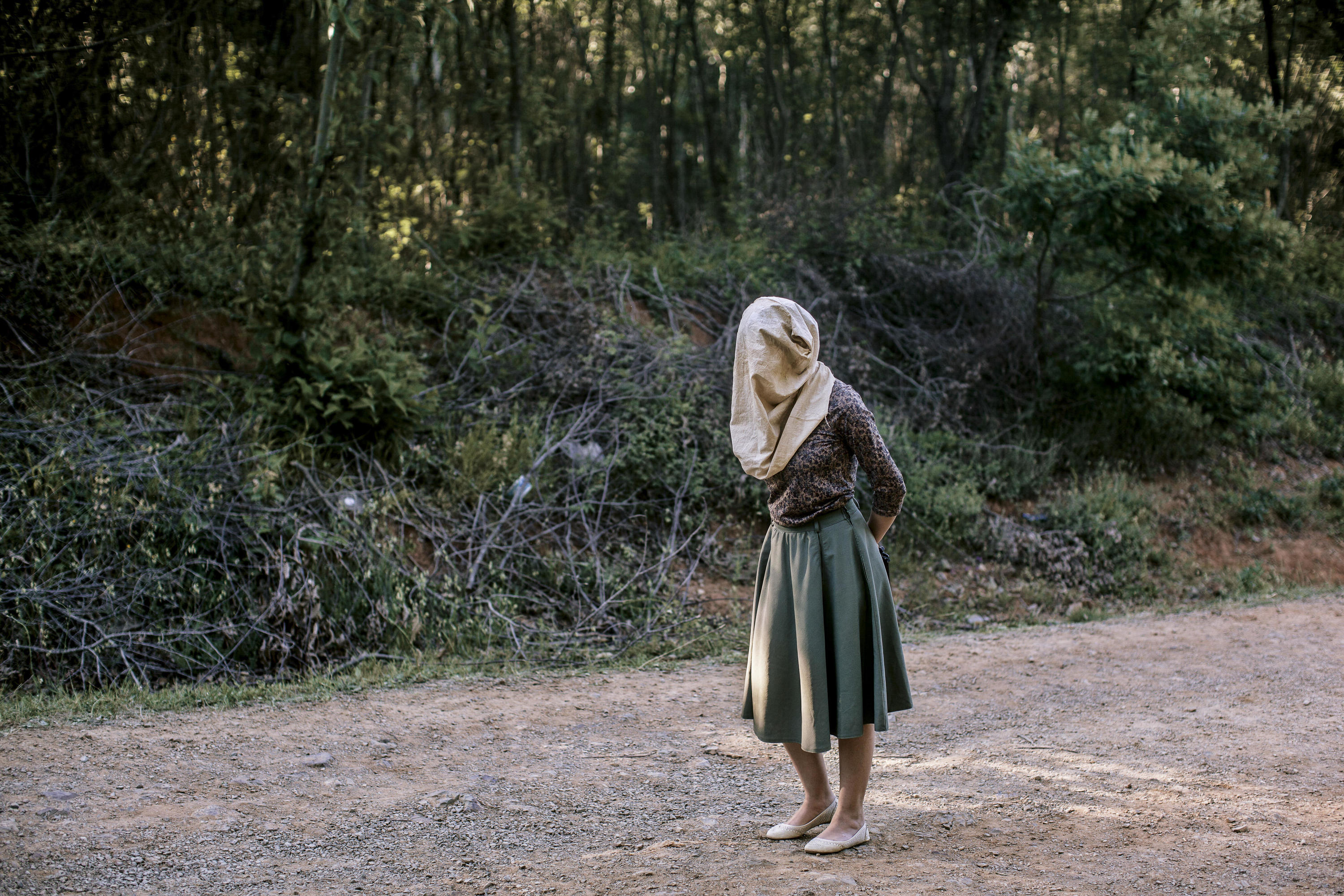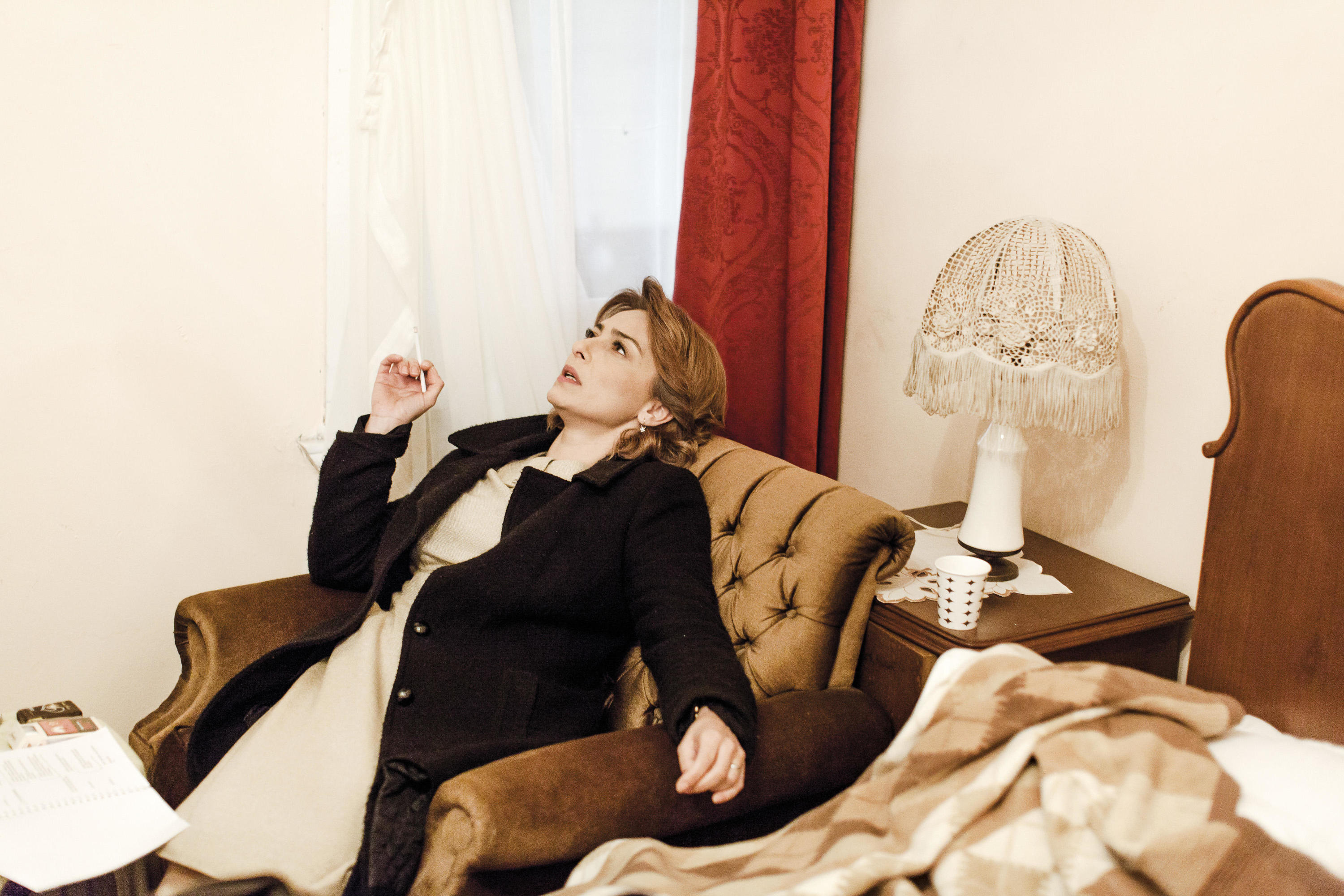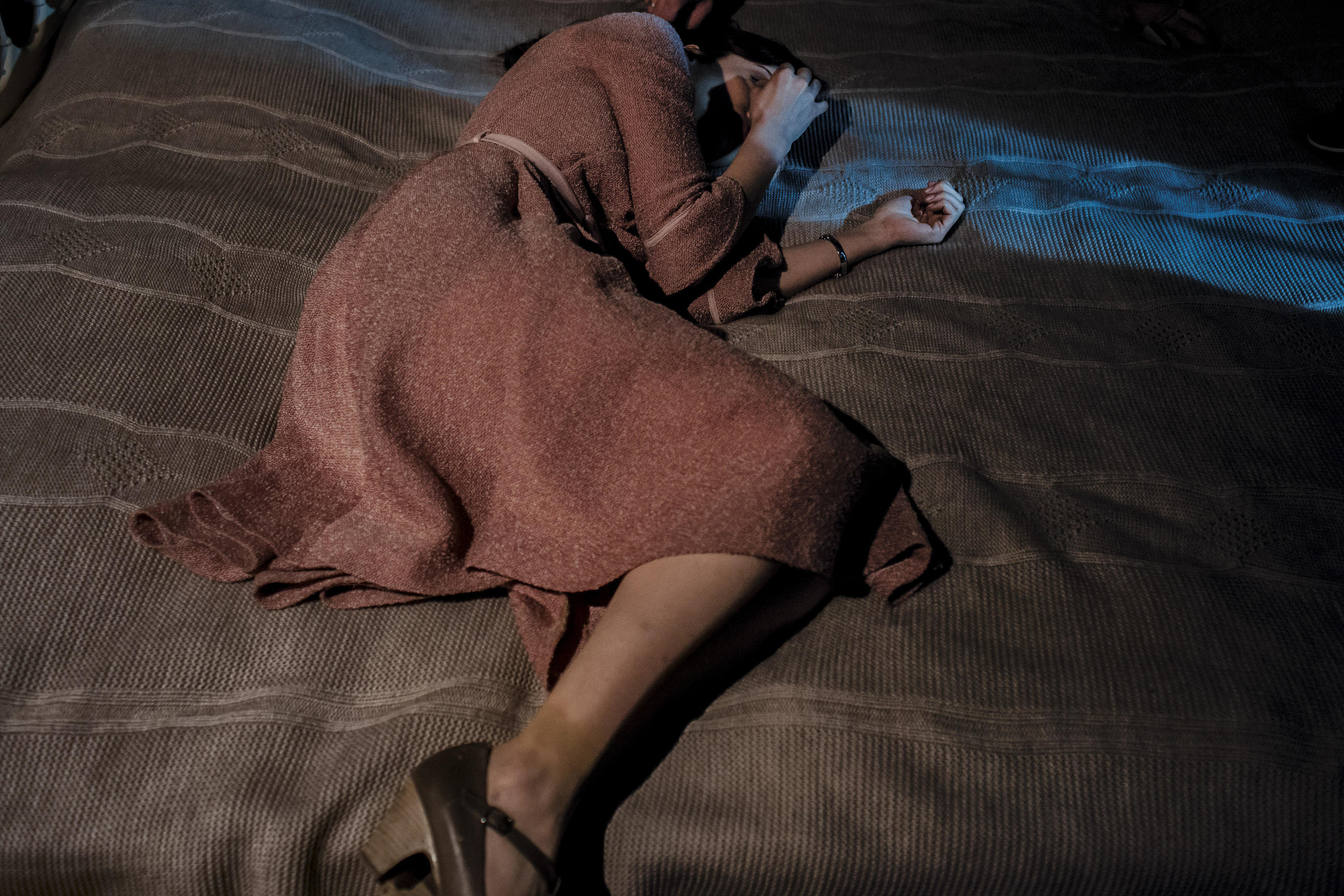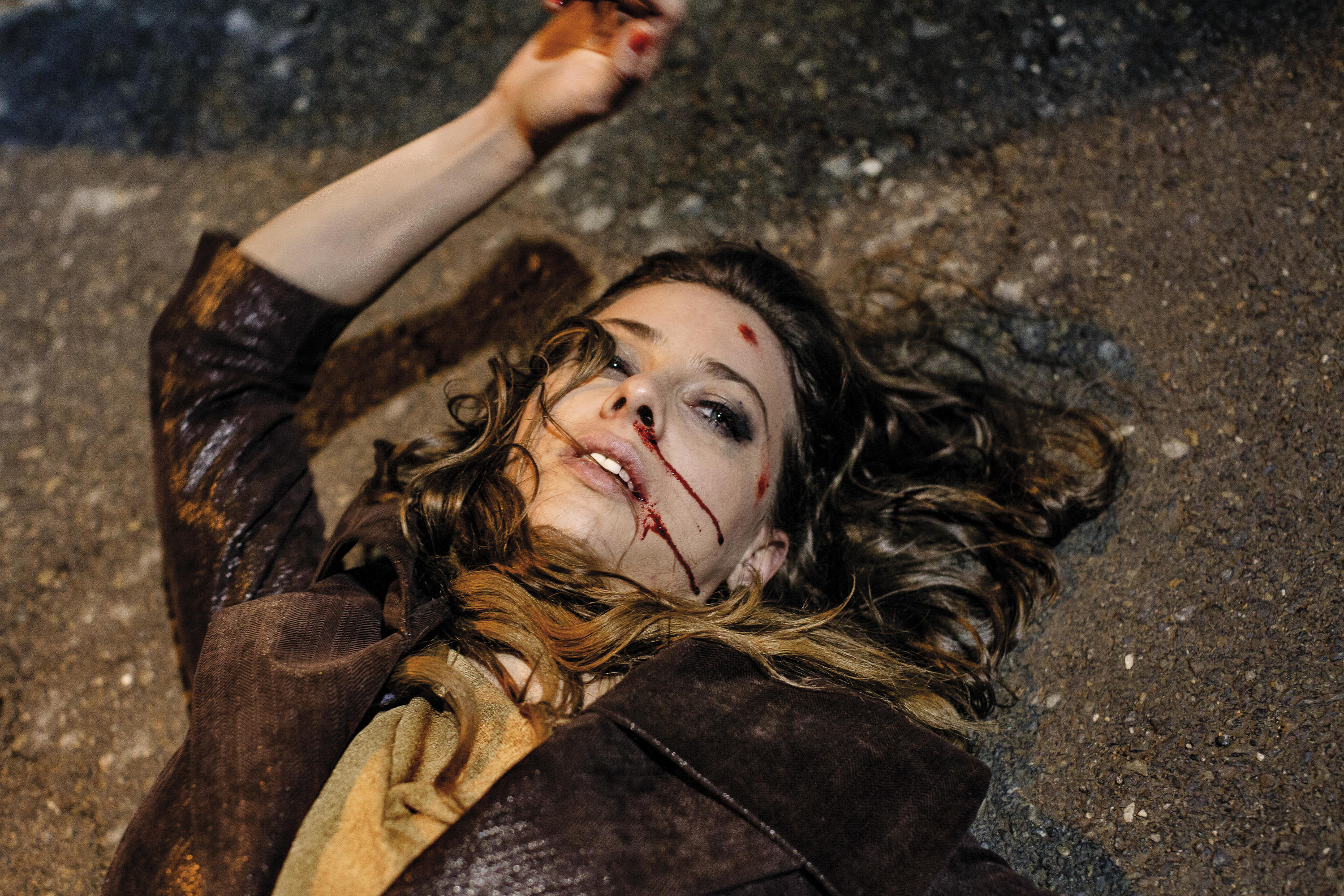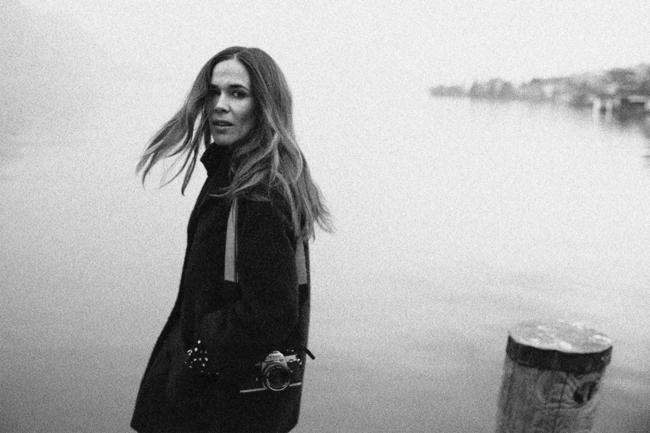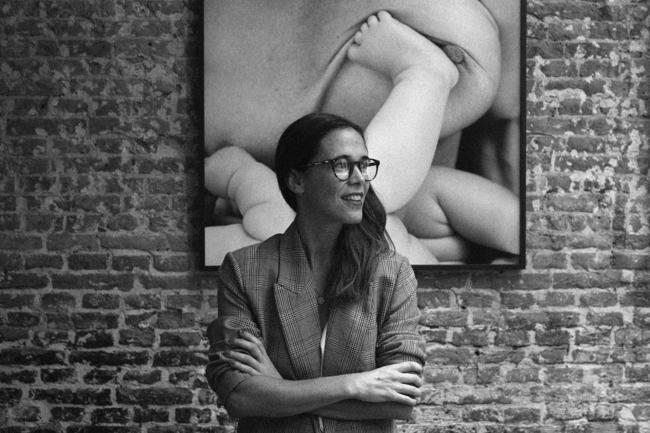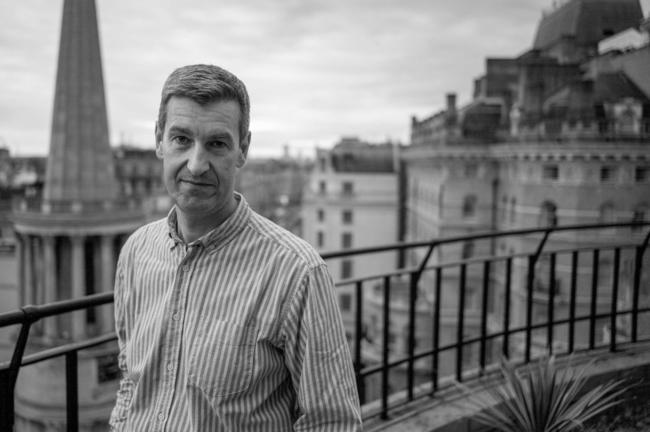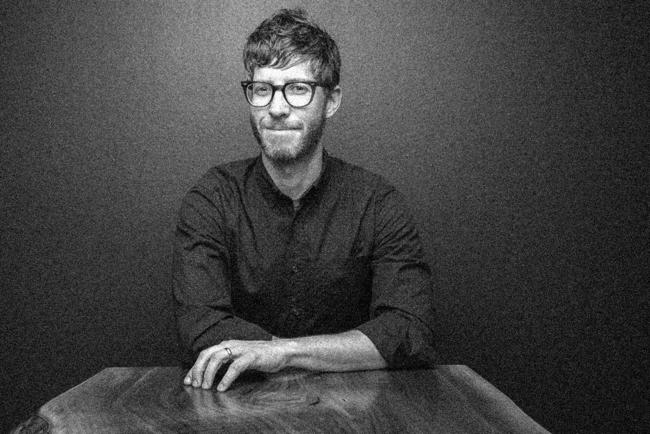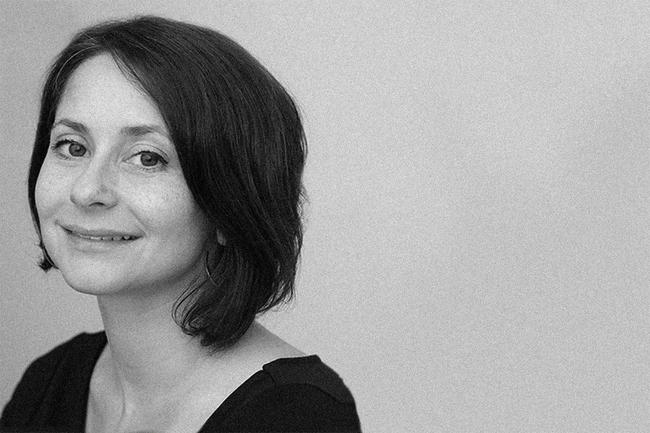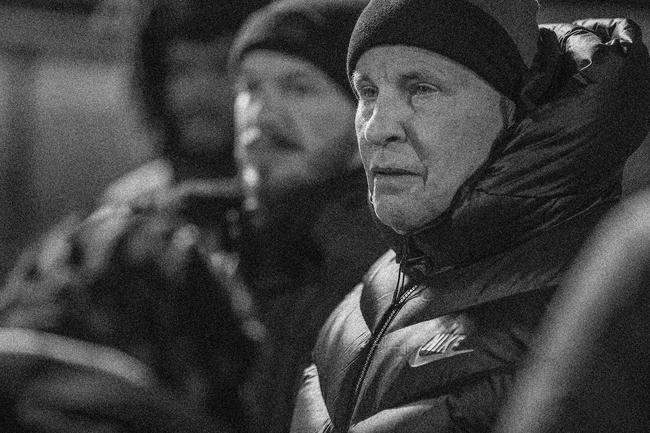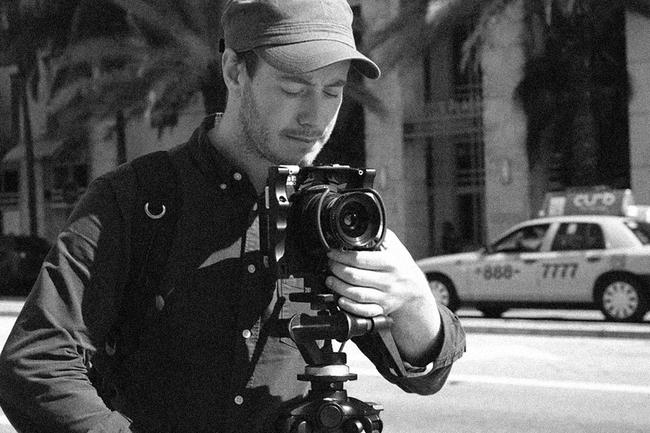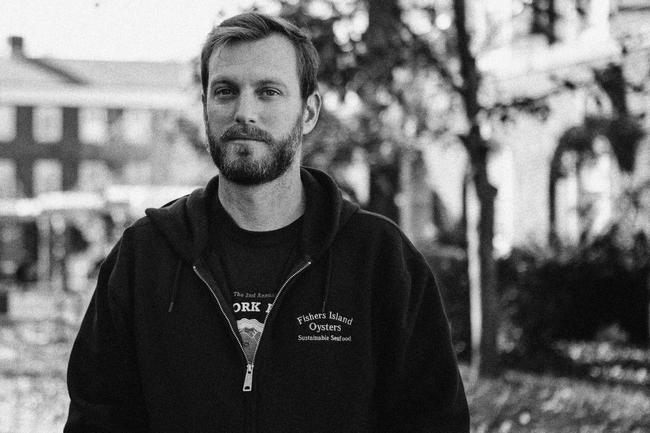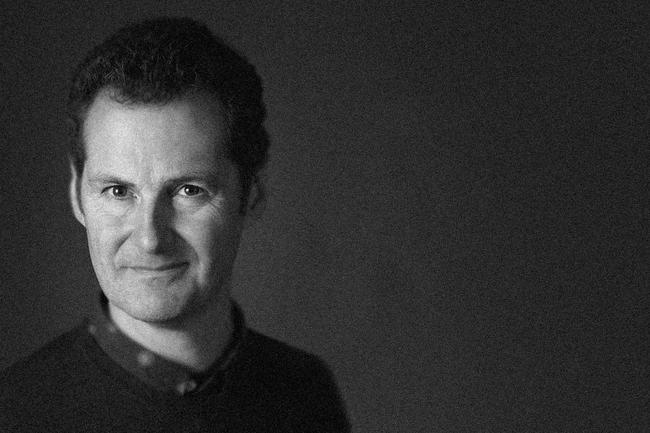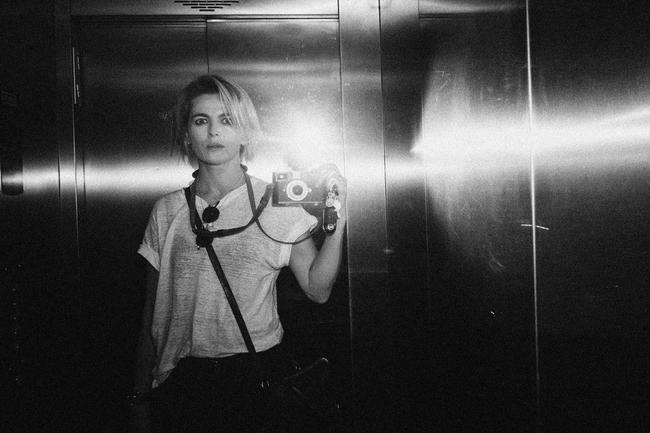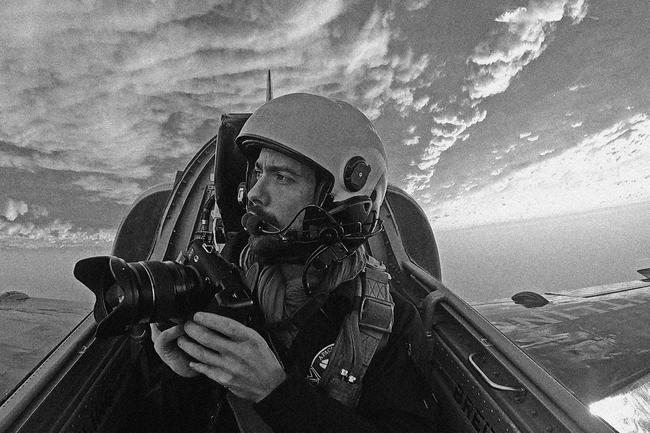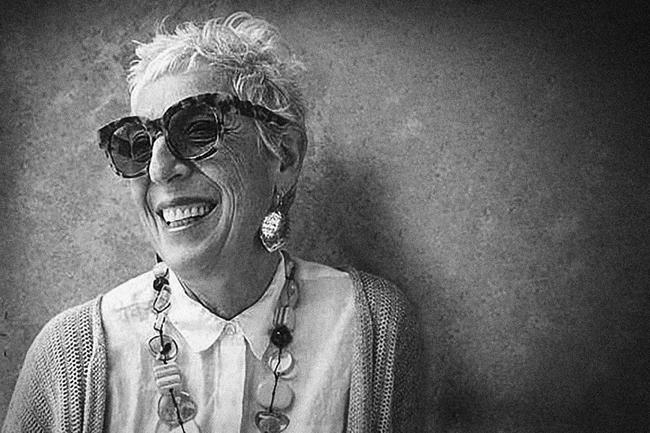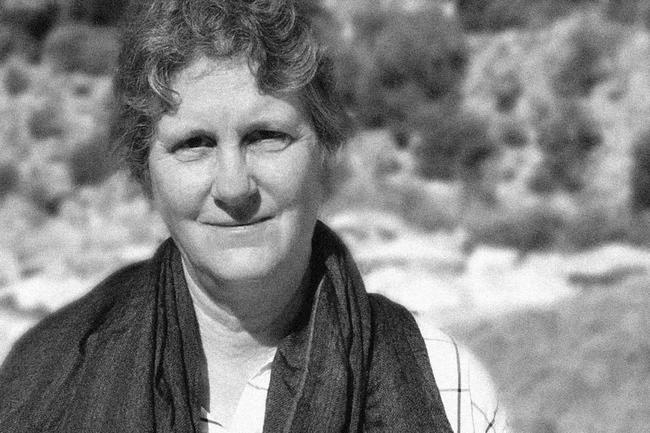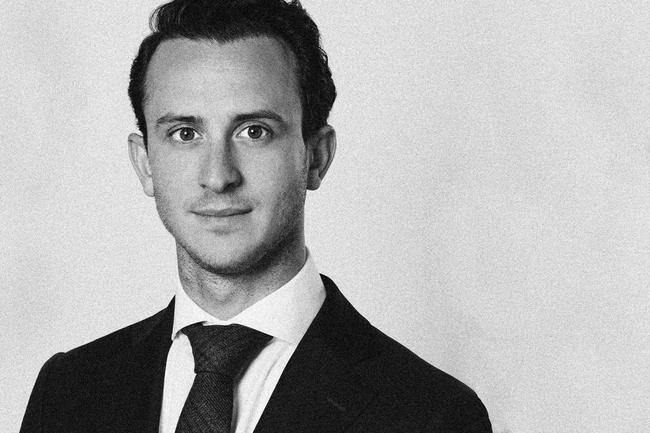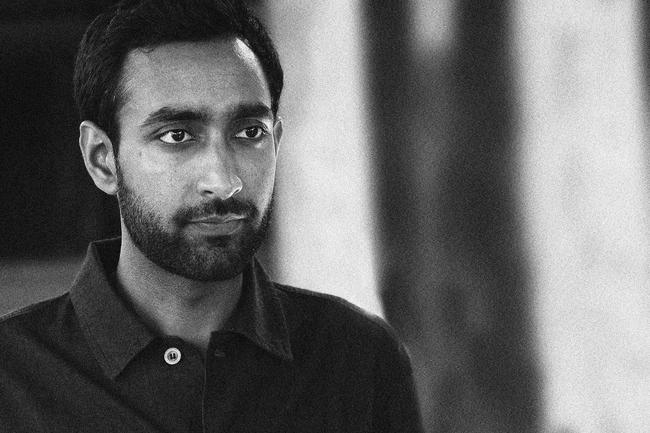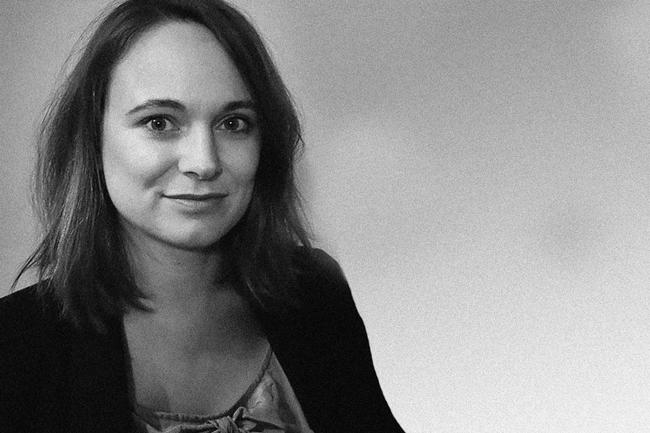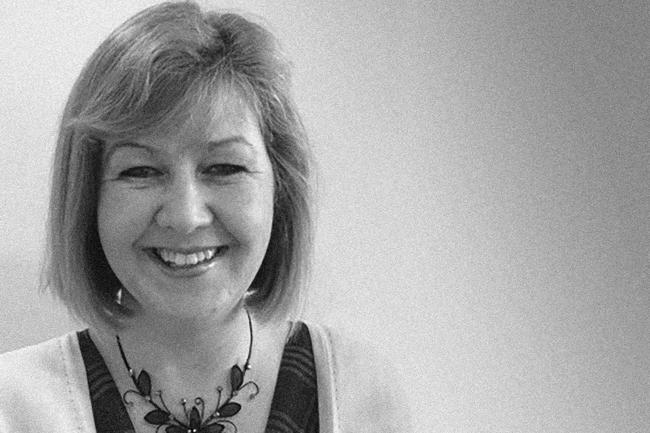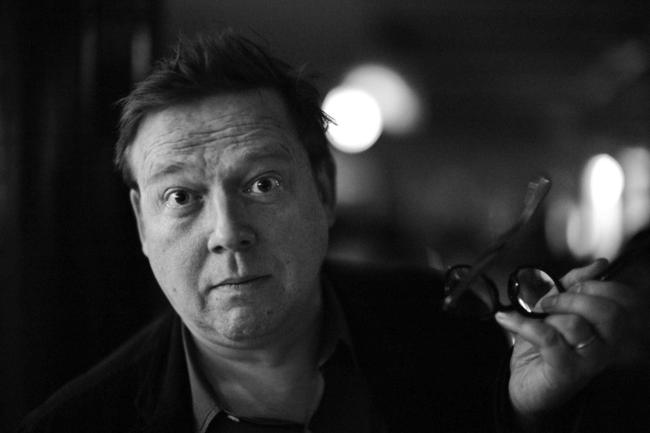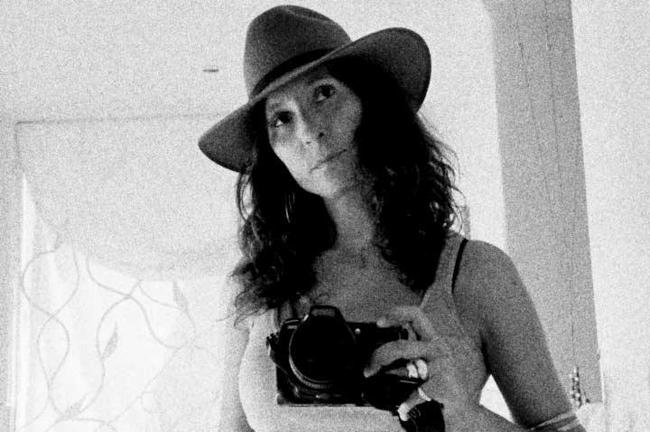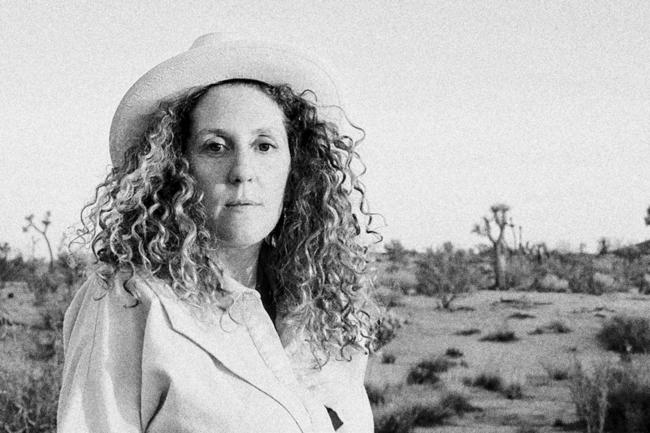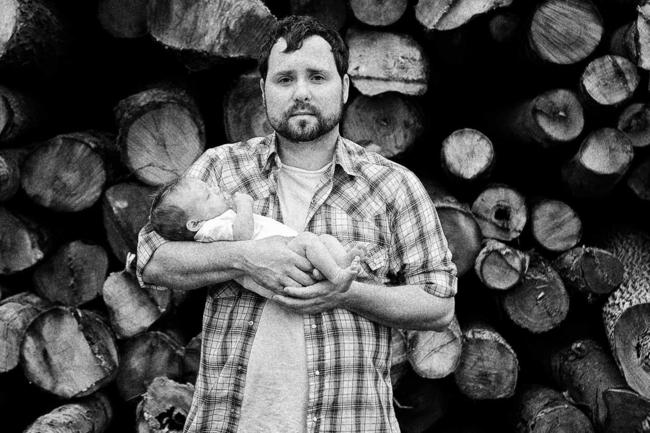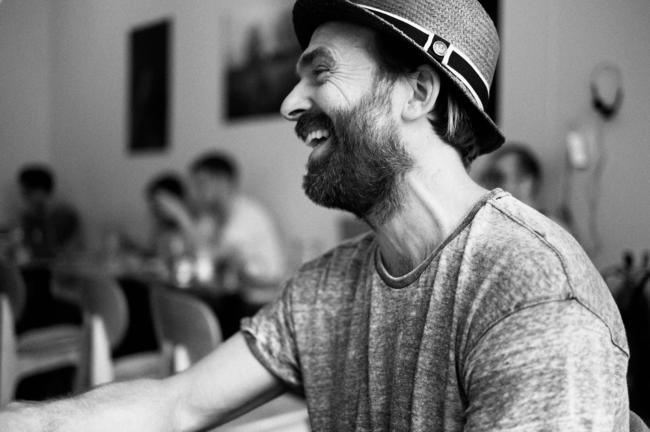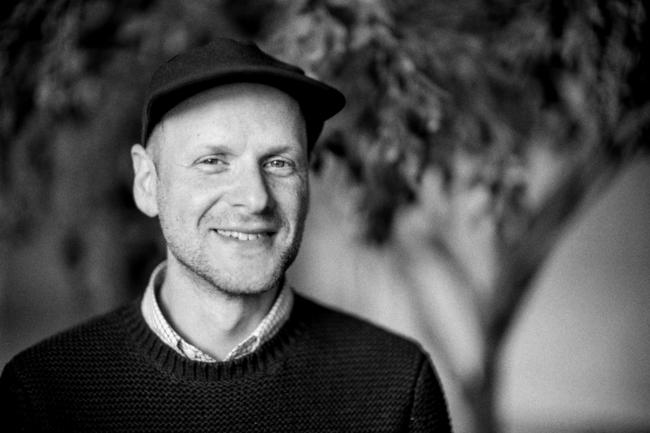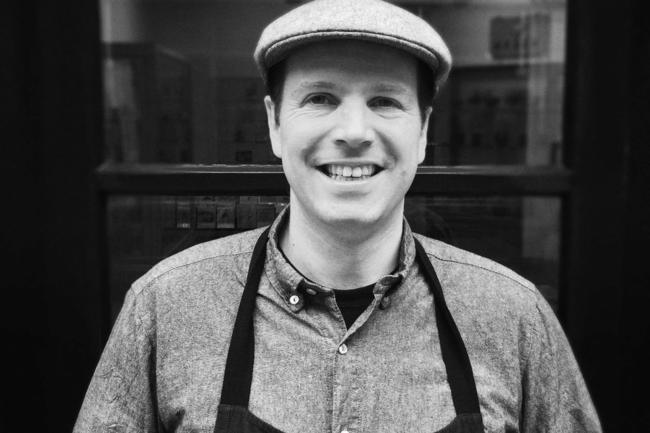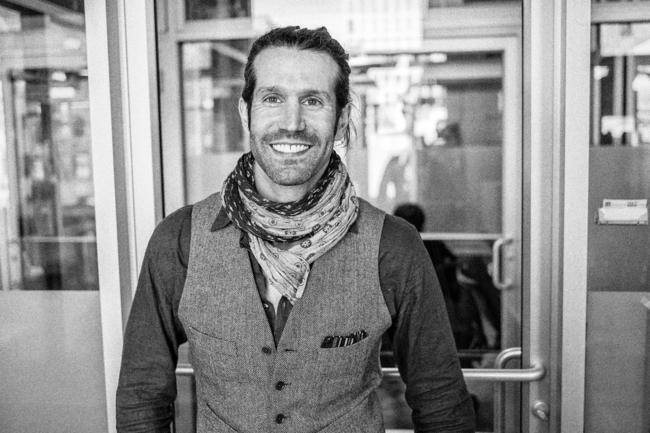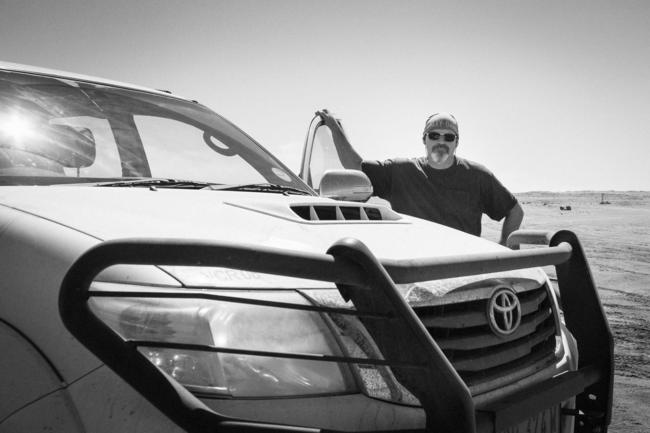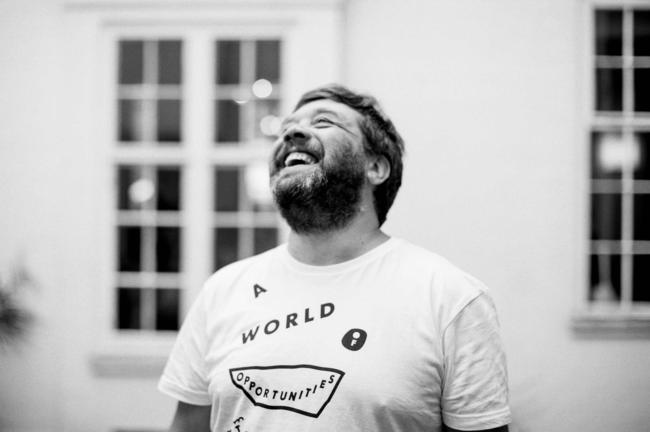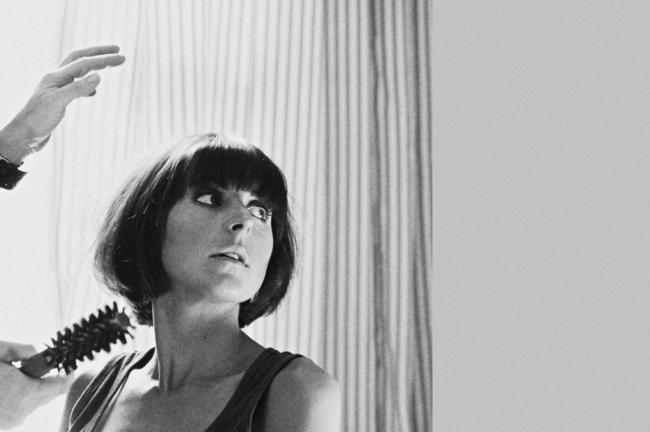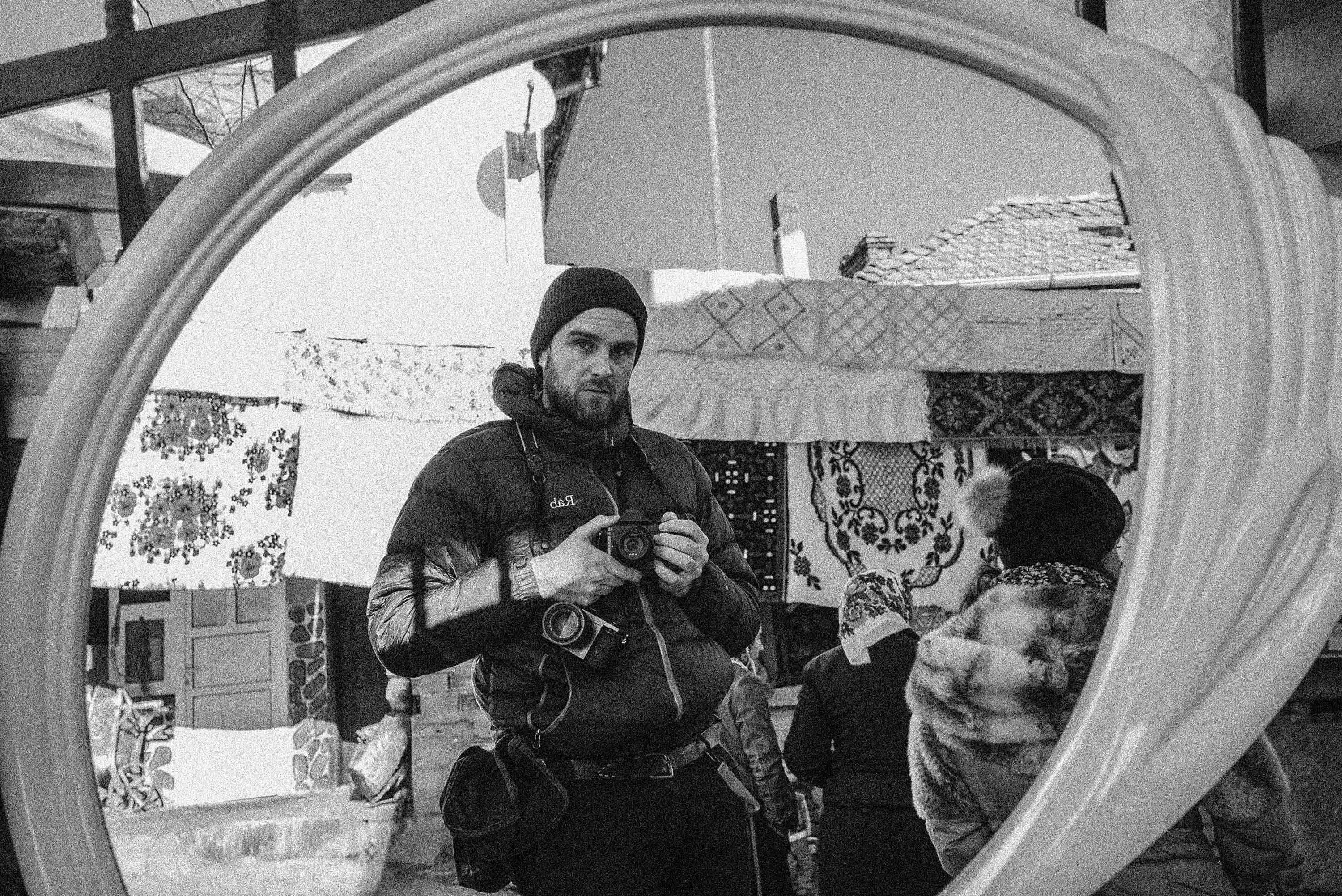
Conversation with Guy Martin
British documentary photographer Guy Martin was on his way to becoming a semi pro surfer before photography came along, propelling him into a very different world: one of revolutions in the Middle East and North Africa, and other places in periods of transition.
But then came a near-death experience while covering the Libyan uprising in 2011. Guy’s injuries were so bad that he had to learn to walk again and also re-find his photographic focus.
He ended up spending more than six years on an unplanned and unique project, The Parallel State, which is now published as a book.
We talk to Guy about his career, outlook, and the multi layers of The Parallel State. It’s a project that started off as an exploration of the Turkish soap opera and film industry, but evolved into a study of truth, reality and lies in contemporary Turkey.
After spending most of his adult life living and working outside of the UK, Guy is now back by the sea in Cornwall with his family, where he grew up.
The Parallel State monograph has recently been published. But you’ve been slowly putting the work out there at various photo festivals and you also shared a newspaper preview of it earlier in 2018.
I was very keen on championing this project on as many different platforms as possible; it seems to lend itself to being curated and digested in different ways. Translating the layers of this project and that whole grey area between fact and fiction, and getting that right, was always a priority. And obviously the book is the thing that will be around forever. But there are other ways people can access the project.
That versatility with how people engage with the work alters the nuances of truth and reality within it, such a central theme of the project.
Totally. I’ve had amazing conversations with people from different countries who have seen it on different platforms.
Not every project should be like this but I felt a particular adaptability to this one, to the way I’m trying to talk about this book. On the one hand, for a year I didn’t want to even mention the word Turkey. I was so convinced this project wasn’t about Turkey; you look at the images and you wouldn’t necessarily even know they are from that country. Obviously it’s photographed there but the messages it talks about are essentially the relationship between the screen and people’s actions, politicians’ actions, populism, nationalism and the collision course of social media; things too unbelievable to be real turn out to be real.
I love the way photography can become timeless and disrupting in its narrative.
That’s one thing that weighed heavily on me – the sequencing and selection of the images. Turkey had an unbelievably high news value threshold – from the refugee crisis and elections, to this kind of exotic idea of Turkey being an inherently pro-Western country and this autocratic man coming to power, and all these attempted coups and headline-grabbing stories.
So I was there, making pictures on really important moments in history. But for people outside of photojournalism or the news world, for me to include photos that were easily decipherable or placeable or contained signifiers that those pictures were made at that time and place, would make the work more confusing. The message, in a sense, would be lost.
It became about stepping away from those events, finding pictures that are more metaphorical, alongside other images where you feel as though something is happening or going on but you can’t quite put your finger on what it is you’re supposed to be looking at.
The way you interweave images from soap opera sets with real life scenes is just brilliant and an exciting departure for you photographically. What reactions have you had so far to the book?
A lot of people will ask if an image in the book is real or not, and where it’s from. I usually shrug my shoulders and ask them what they think. People might understand the basic concept of the images. But they might not. That gives the project an interesting value.
I think the nicest thing someone has said about it was a Turkish friend of mine, who now lives in London but is from a small town in the middle of Turkey. He said it reminds him of these very famous Turkish films by director Nuri Bilge Ceylan, which are meditations on landscape and place, devoid of the clichés of Istanbul. With The Parallel State, you might know it’s Turkey but none of the pictures necessarily talk about Turkey, so you’re not seeing the representations you expect to see, which makes people feel kind of unsettled
There are a lot of images that are shot at night in these incandescent spaces, with people walking through hallways and under streetlights, and it does have an uneasy feeling about it. I suddenly thought about all the images full of daylight and colour that I dropped from the final edit. But the book is called The Parallel State for a reason and it is uneasy to look through.
Was colour palette flow a big discussion when creating the book?
Definitely. On a chapter by chapter basis, we closely followed colour theory, instead of having each image presented chronologically with a caption. For example, the opening chapter is all blues and nocturnals, kind of saturated images. It’s an introduction to this space – there is water, blue street corners, lights coming in through windows.
It’s a very different power – the way it moves you as a viewer, and the way the story is being told, literally by following the colour.
Exactly. Trying to photograph the complexities of revolution, geography and things like that are so hard to talk about in a picture sometimes. For this book, I was very conscious that if it was too much about the intricacies of over half a decade in Turkey, then it would be almost inaccessible. So we used colour and very simple images, such as curtains, chairs, inanimate objects, that might not be about nothing. We wrestled a very complex story into a certain visual language that relied on very simple ideas about imagery, colour and sequencing to actually reveal that story.
So often a lot of photojournalism rewards the bravery of the photographer. I think that’s a slippery, dangerous path and you don’t reward the message. With this book, I don’t care if people who pick it up know anything about Turkey, who the president is or what the capital is. They are just thrown into this space, that I’m directing and pushing them through, by using cinematic sequencing and lighting.
What sort of challenges did you face while shooting this work?
In a country that was tearing itself along a kind of 49:51 per cent split, either in favour of something or vastly against it, I think the biggest challenge was recognising myself in part of the problem. Whenever I’d go to the east of the country – to the Kurdish area, inevitably people would physically grab me and try and show me something. These were local people, with legitimate concerns, living in places reduced to rubble from state battles and so on. Being in an area where people were expecting me to tell their story in a sympathetic light, to take pictures in a way that would further their story, was something I found really, really hard to do. So I kind of went in the opposite direction to a photojournalist, and just made pictures that evoked the feeling of the place these people were in, such as abstract, detailed pictures of bullet holes that rifles had made. It was a way for me to take back control of that scene and make an image that wouldn’t necessarily be used by either side.
And it’s a personal project, you’re not on assignment. But obviously that must be lost on the local people there.
It is. And I think on the other side, in Istanbul, where countless protests have engulfed the country for 25 years, I was very aware that the young, secular western Turks (like anyone trying to be a thorn in the side of a government) also need to be seen as the underdogs. They needed a narrative to show them as the innocent victims, but I decided to make them look like a movie or soap opera star and then physically place these pictures [in my book] next to an image of a soap opera star. I was very aware of the political reality I was in but didn’t want to give in to the easy-to-decipher images. These places, people, landscapes and stories are so unbelievably graphic and you’re dealing with people’s emotions, and there’s such raw energy and passion there. But I’d come away with pictures of birds and rocks on the ground. That was hard – that I’d leave with pictures that in no way lived up to the drama of that experience. But over time, it’s those images that I hope have a longer lifespan.
It’s still a way of archiving time and place but in an emotional sense, and that gives the project a great versatility.
People’s minds don’t always resonate with the hard-hitting image because it can be too brutal to look at. But if you present something that is beautiful to engage with, but there’s also a darker message, an underbelly or something more meaningful behind the picture, suddenly you’re disrupting people’s train of thought. That disruptive element (disrupting people’s preconceived ideas of time and place) to the pictures works on many different sensory levels.
How did the idea around The Parallel State really start?
It began with me wanting to photograph something where I wasn’t getting shot at. Initially I just wanted to photograph Turkish soap operas; that’s all I ever intended to do: make a short project on this as no one else was doing it. I felt it was an opportune moment. Soap operas reflected how the sun was shining on Turkey back in the day – they reflected that wealth, foreign policy, the religious liberalism it perhaps had at that time, sex, violence, relationships and affairs.
These shows were incredible soft power tools. That was Turkey selling its vision of what it was like to the world, and honestly, I would have been quite happy with that. But you just can’t predict these things. Suddenly there were these huge anti-government protests In Istanbul, with all these good-looking, long-haired protesters being arrested. And it was only in the following year when I looked back at the work that I saw similarities between these scenes and the frames I had shot on soap operas. There was a certain body language, camera angles, the movement of people in my frames or the way they reacted to me, that just had a kind of similarity to real-life events. And that’s when I began to turn my attention to the events happening inside Turkey.
There are essays in the photo book too. Tell us more.
One is called A Matter of Perception, written by my friend Piotr Zalweski. He is a Polish-American living in Turkey for a long time. We often travel and make stories together. He understood I wanted him to try and articulate the absurdity, confusion, paranoia and Orwellian-ness of some of the things that had been happening in the country at that time. And he did it so beautifully. We have a similar outlook, and he knew how to communicate and contextualise this story.
The other essay is a fictional story by a Turkish woman, Pelin Turgot. She wrote a series of short stories only published in Turkish. One is called The Giant who Slept Beneath Istanbul, and that is just beautiful. It’s a fictional about how this giant wakes up to find people have turned into zombies – so it’s a very metaphorical story.
Another contextual element in the book is a transcript of WhatsApp messages from the night of the attempted coup by army generals in 2016, who tried to overthrow the country and kill the president. It’s an incredible document; it reads like a Hollywood script.
Wow, what a feat to have that printed in there. The layers in this photo book are just fascinating.
Let’s go back to your beginnings. How did you get into photography?
I did an AS level in photography in my late teens and was introduced then to the work of Don McCullin and photographers like Larry Burrows, who worked mainly in Vietnam. I think it was that imagery for a teenager growing up in Cornwall that was undeniably exotic and incredibly moving. It stopped me in my tracks and made me really think about what I wanted to do or could conceivably do. I had already travelled a lot around Indonesia and Mexico on my own, purposely looking for big waves. So there was this idea that you could combine that passion for seeing the world with getting to some unfathomable place in the Middle East to take pictures. For that kind of photography to connect with a 19-year-old made me completely believe in the power of photojournalism to move people and change the course of the world.
Before all this came along, I was on my way to becoming a semi-professional surfer. I was kind of convinced that was what I was going to do but photography came tumbling in.
I studied an amazing documentary photography programme at Newport University for three years and that’s where I got my start. My lecturer at Newport, Ken Grant, was the first real person who influenced my work and the way I think photographically. He taught me how important it is to really articulate your ideas about your work because then the project becomes so much more alive.
I still totally believe in the power of photography to change people’s behaviour, by working on an emotional level.
That belief about changing people in that way brings me to Libya and that day on 21 April 2011 when I almost lost my life in an explosion that killed two other photographers [Tim Hetherington and Chris Hondros]. Up until that moment, I can’t deny that the very masculine, heavy imagery, the romanticism and heroism of war photography was a huge element to the work. You speak to many people who got into photojournalism and they’d probably say same thing. I think you learn very quickly whether you can adapt to those situations and I found, weirdly, that I could remain calm.
I think up until the moment of that explosion, photography was using me rather than me using photography. I see that time and time again in other people covering conflicts; they’re there for the buzz, adventure and thrill. I was in my 20s, working for publications like The Wall Street Journal and The New York Times - all those people I dreamed of working for. But that explosion and my recovery forced me to really look at what it was I wanted to say with photography.
That experience and trauma is obviously bound up in the person you now are, and the way you choose to move forward and into the future.
All those frustrations I was talking about with The Parallel State – about avoiding easy-to-decipher pictures of a place and not giving into the flag-waving or the protester with a scarf round his face – are the result of that moment I went through in Libya.
In a very soft way, I acknowledge Tim and Chris in the back of the book, and I think about them every day, and how I’m still here. When Tim and were in Libya we talked a lot about how these soldiers, these young men, where a war had come to, have to perform the role of soldier with the world’s cameras and media on them. Tim was able to see that and to begin to comment on it, and in a way this body of work is a little tribute to him and a way for me to begin to think about if I’m still interested in these things.
It’s so interesting how your photography has changed visually and where you are now. What traits do you think you need for a photographic journey like yours?
You have to be extremely resilient to difficult environments. I go to a place on my own because I believe that story is interesting. So you’ve also got to have an extremely high tolerance for being on your own and the difficulties of working alone. And you need real belief in yourself and perseverance to see something materialise.
Adaptability is important. I started off really believing I was going to be that photographer only shooting with a 35mm lens; that my whole career would never change, because there were people who did that their whole life. But I found that I change my mind quite a lot. I’m very passionate about all these different layers for a narrative. So if you can fall on an archive of images from 100 years ago that tells the story you want, you do it. If you want to collect images from Google Maps, do that. That ability to adapt and shape-shift over a project to find the visual language you want to tell that story really inspires me. Artistically it’s good for me. It’s harder, it takes more time and research. But once you’re alright with that then it goes back to persevering.
I know you have done commercial work. What do you think documentary photographers can offer the commercial photo industry?
I think none of us would who have worked in this would have got the pictures we have without being good with people. So you are inherently finding ways to persuade people to let them photograph you. These might be total strangers, difficult people at airports or security, on buses and trains. It’s about finding ways to embed yourself into someone’s life for a very short period of time, then leave their lives with nothing undisturbed, no adverse effects on their part.
So I think from a commercial side of things, it’s beneficial having documentary photographers who have worked in challenging environments, used lateral thinking, small budgets to overcome problems, and worked hard to gain the trust of the people they want to photograph. It’s so important to be empathetic and open to what other people’s lives are and what you’re seeing, wherever you are in the world.
Find out more about The Parallel State here
